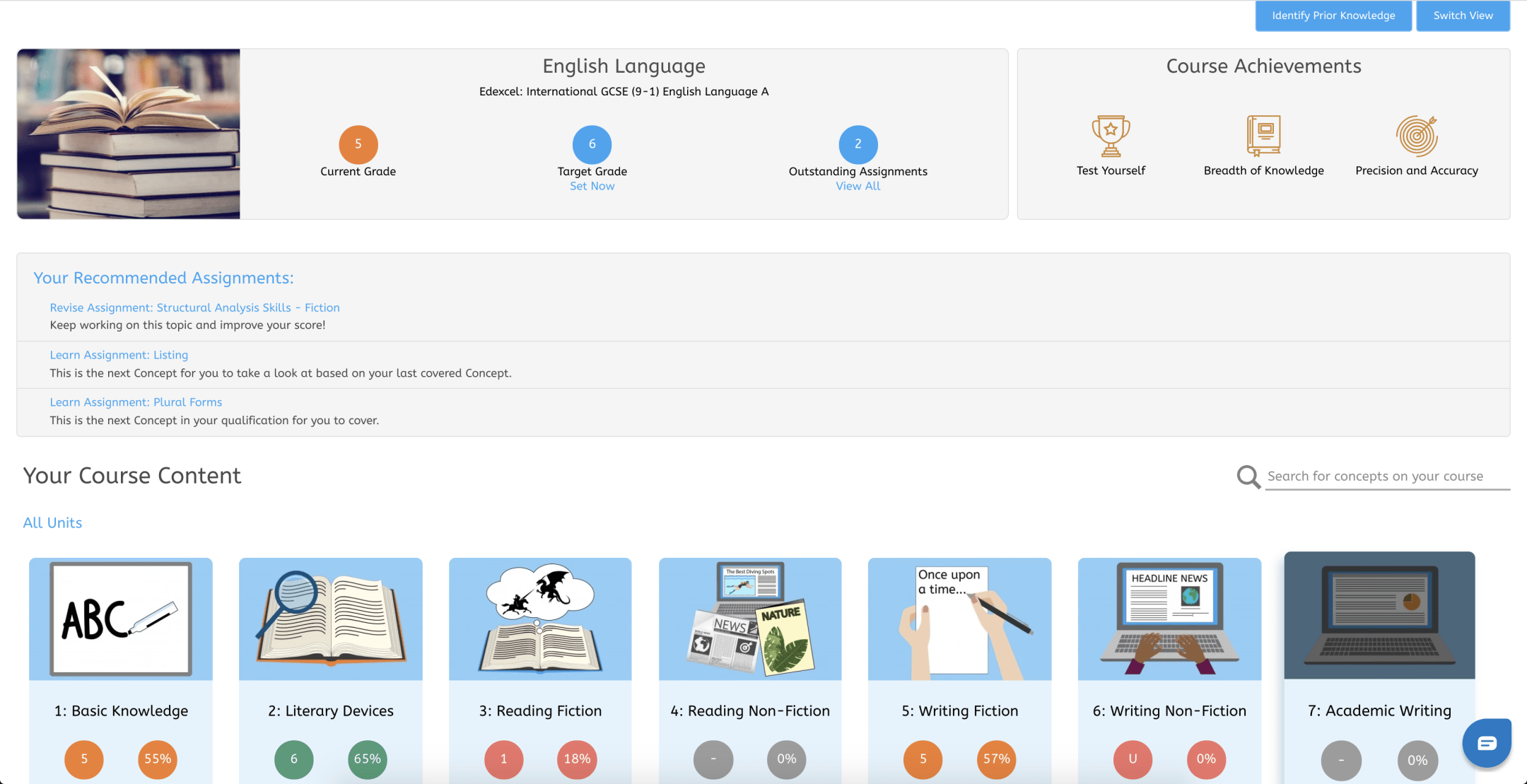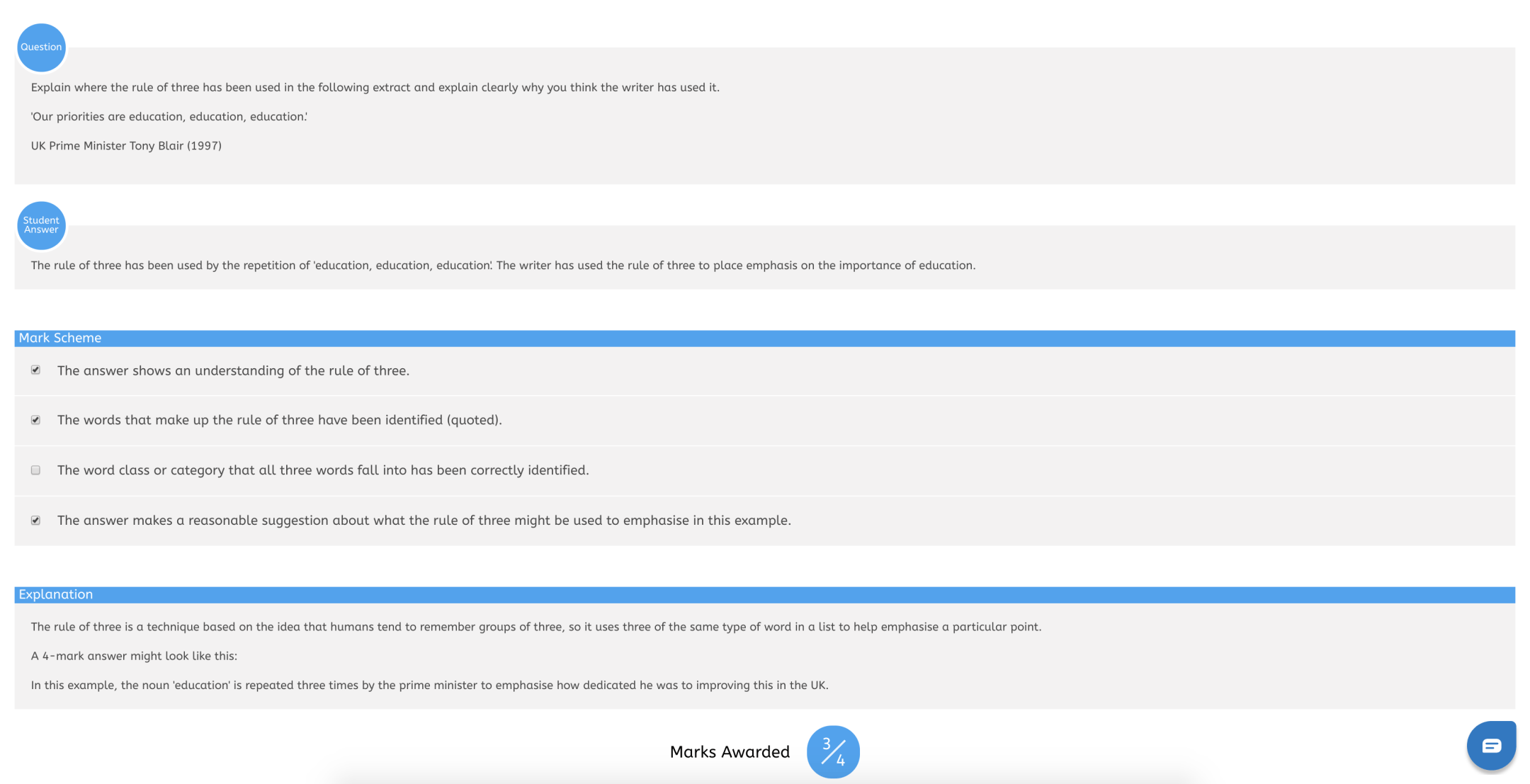As the UK experiences a growing number of cases of COVID-19 (‘Coronavirus’) it is understandable that many parents are considering how to best protect themselves and their children, whilst still wanting to ensure that their children’s education is not put at risk – especially if their child is in Year 11 or 13 and in the run-up to crucial GCSE or A Level exams.
Fortunately, there are some practical steps parents can take if their child cannot attend school for any reason which can greatly mitigate the impact on their education. I have extensive experience of supporting students and families who have been home-educating for all manner of reasons. If you’d like more help with your particular circumstances, then please feel free to get in touch.
1. Make sure you know what courses they are studying.

If you are a parent considering the possibility that you may need to home-educate (or ‘home school’) your child, at any time or for any reason, the very first thing you should do to prepare is to know what course your child is studying towards. If they are in Year 10-11 they will be studying a GCSE or IGCSE course or equivalent and if they are in Year 12 or 13 they will be studying an AS or A Level. You should find out:
- Their exam board (the most common exam boards are Pearson Edexcel, AQA, OCR, CIE and WJEC Eduqas).
- The name of their qualification and, if possible, the qualification code (e.g. ‘AQA GCSE Mathematics, 8300‘ or ‘Pearson Edexcel Level 1/Level 2 GCSE (9-1) in English Language (1EN0)‘).
- The year in which they will sit their examinations (since the GCSE reforms between 2014-2017, almost all GCSE qualifications are ‘linear’, meaning that all exams are sat at the end of the course, usually in May and June when the student is in Year 11).
- The options / specific texts your student is covering (if appropriate). This is especially important in certain subjects, such as history or English literature, where there are a wide variety of possible options as to what can be studied and examined. Usually students do not pick the texts or study options themselves, but these are picked by their school.
Once you know this, you can find the relevant specification – a document which will include the content covered in the course, as well as details on how it is assessed.
If you also have copies of the relevant course textbooks or revision guides (or a Get My Grades subscription) then you will be able to consult those resources to see what content is covered on their course; if not, you will have to download the relevant specification from the internet (they are freely available from the exam board websites) and find the relevant section on course content.
2. Track what they have and have not covered to date.

Once you know what course your child is studying, you need to know which parts of it they have covered.
By around this point (March/April) of Year 11, you should expect that your child would have covered the entire GCSE course and only be left with revision before the exams start in May – but it is worth double-checking so that nothing is missed. It is not unheard of that a small part of the course has been missed, whether that’s due to your child’s absence, disruption at school (e.g. closures or school trips) or simple teacher oversight.
The simplest way to do this would be to go through the specification with your child – which lists everything they are expected to have covered by the time they sit their exam – and simply tick everything off. Bear in mind that some of the content will not have been covered recently and may have been covered several years ago. It goes without saying that your child will need to ensure that they fill in any gaps (either using resources such as online/print textbooks, revision guides or with teachers/tutors, if necessary – see below)
If you have a Get My Grades specification your child can simply go through all of our online content and tick what they have covered, automatically keeping track of their course progress.

3. Ensure they get a diverse range of practice opportunities.

Once you are confident that your child has covered the relevant content on their course, it is absolutely essential that they get sufficient opportunities to practise using the skills and knowledge they will be expected to demonstrate in the exam. Do not simply allow them to re-read notes or the textbook – they should be completing practice questions and going through them with the answers or feedback.
There are many places your child can go to get relevant opportunities to practise. Most textbooks and revision guides will have questions in and they can also download past papers and mark schemes from the internet, for free (both from exam board websites and other third-party sites). Of course, Get My Grades also includes a wide range of realistic exam-style questions (around 75,000 in total) and every one comes with student-friendly feedback for students to use to self-assess themselves (and parents can always review student assignments to check how well they’ve been doing and adjust the marks as required).

4. Track how well they are getting on.

If you are home-educating for any significant length of time then you will need to ensure that you can appropriately prioritise where your child is spending their time. There is little point in them completing all the questions on their favourite subject, or the last topic they have covered at school, if they actually really need to focus on a different part of the course.
This can be a lot more challenging. Usually, as a parent, you are unlikely to have a detailed understanding of which parts of the course your child understands best or worst. You can, of course, ask your child but this is not a foolproof strategy – students quite frequently misrepresent how well they understand a topic (usually this is not deliberate). They may remember studying atomic structure, for example, or adding fractions, and remember that they understood it. However, that could be quite different to being able to answer questions on that topic today and getting full marks!
The best way to track how they’ve done is to set them questions on different parts of the course and check which areas they do well in (or not). Of course the areas of weakness are the places where they need to complete the most practice. This can be a fairly laborious exercise if you’re doing it manually.
If your child is using Get My Grades, their scores in different questions will automatically be used to show their strengths and weaknesses – to themselves as well as any linked family members or education professionals. If they’ve already been using Get My Grades for months then this will be very convenient for you; if not, you can set them assignments in just a few minutes which will help to get a quick overview of their understanding across the course and the algorithms will automatically set them more questions on areas where they still need to demonstrate proficiency.
5. Consider online support – either from teachers or tutors – if necessary.
If you are home-educating, particularly in the run-up to crucial exams, then you may want to consider additional support for your child if there are areas where they have difficulties or need further support. You may well prefer for this to be delivered online if you are concerned about the spread of coronavirus and wish to self-isolate. It may even be possible that your child’s school arranges online lessons, especially for students in Year 11, 12 or 13, with crucial exams coming up.
If your school doesn’t have any plans in place then there are many other options available. The UK has one of the best tuition sectors in the world and UK tutors are internationally renowned. The Tutors’ Association is the national association representing private tutors and almost all good, reputable professional tutors and tuition companies are members, as are many other education providers (including Get My Grades). Members can use the letters ‘MTA’ after their name and you can always check if a tuition provider is a member by contacting the TTA directly.
It is also increasingly common now for tuition to take place online, not just via standard internet calling software such as Skype but increasingly through dedicated easy-to-use online tuition software such as Bramble and BitPaper.
Don’t Panic – There are many ways to support your child.
Whilst the Coronavirus outbreak has the potential to cause great disruption (and already has, in many parts of the world), we are lucky that the technology available today allows parents and students to work around the most serious issues and reduce the impact on education. Even if you do choose, or are forced, to self-isolate your family for health reasons, don’t let that affect your child’s chances of success.

